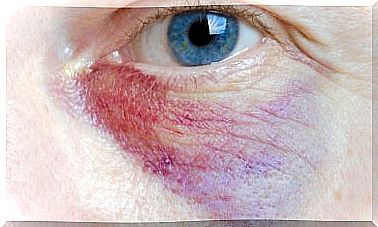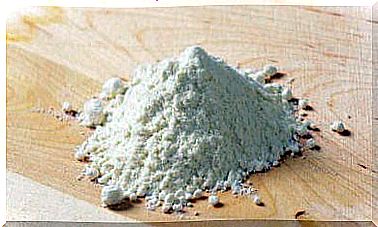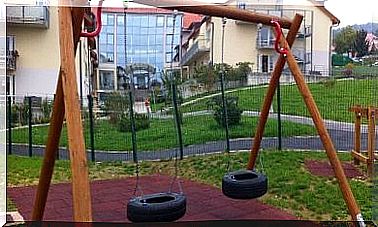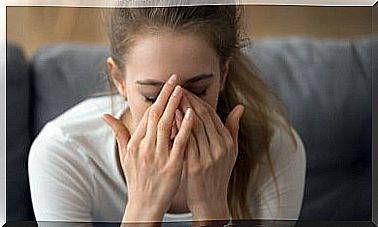What Are Chilblains? Discover 7 Home Remedies To Treat Them
Both the infusion and calendula oil are two very effective remedies to relieve the discomfort caused by chilblains and accelerate their healing.
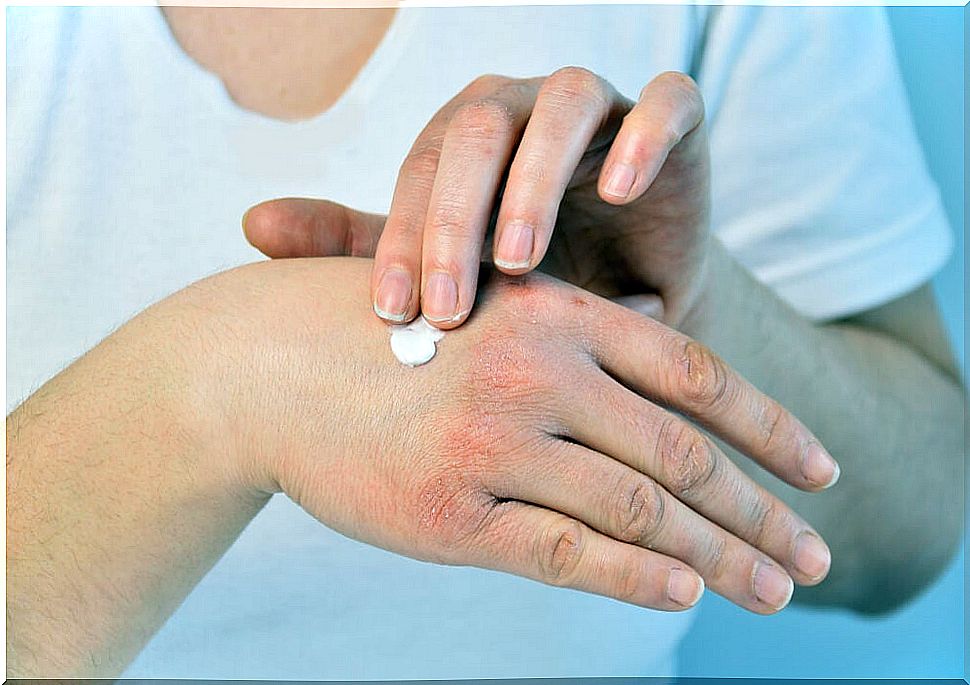
When cold days arrive, chilblains also appear. The skin on the hands, feet, and ears becomes red and inflamed. Do you want to get rid of this hassle? Well, stay with us, as we will show you 6 remedies to treat chilblains, but first, let’s review some important questions.
The hinge erythema or chilblains is inflammation of the blood vessels of the skin due to continuous exposure to the cold air . They usually appear on the hands and feet and can cause various symptoms such as redness, burning, itching, blisters and ulcers.
They are usually related to circulation problems. However, humidity, inappropriate clothing and the fact of being a woman increase the risk of its appearance.
In most cases, chilblains improve on their own in 1 or 2 weeks, however, if they become infected or symptoms persist, we advise you to see a doctor immediately. You must take special care in case you suffer from diabetes or poor circulation.
The following remedies belong to the so-called “grandmother’s apothecary” and, although their effectiveness is not supported by scientific evidence but rather anecdotal data, they are used to obtain some relief. They are attributed anti-inflammatory and soothing properties, which is why they are considered to help eliminate chilblains.
1. Potato
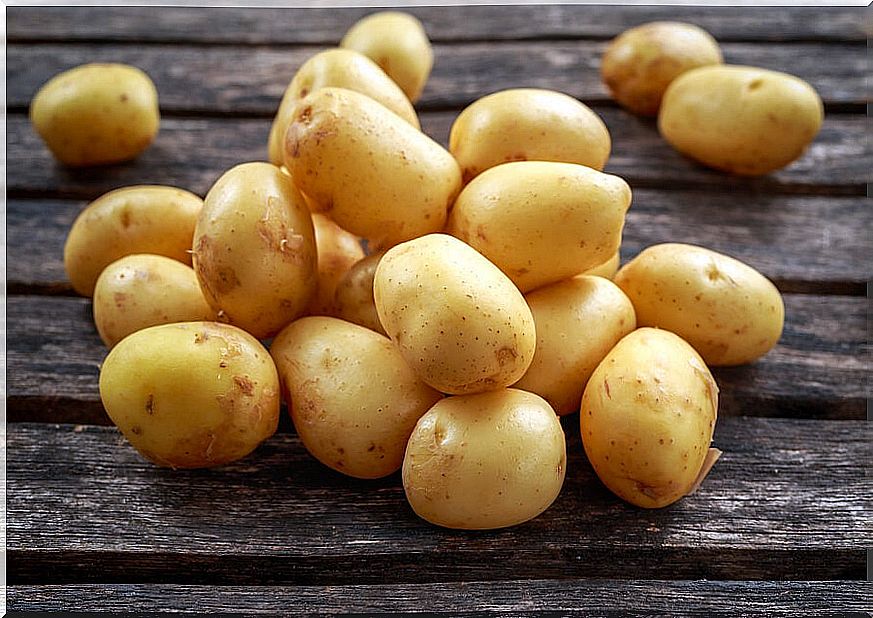
Who doesn’t have potatoes on hand?
This tuber is used to reduce inflammation and pain . It is considered to be very effective in cases of skin conditions due to prolonged exposure to the sun or cold, such as chilblains. You can grate a raw potato and place it for a few minutes as a plaster. Remove it and rinse.
2. Ginger
Ginger has anti-inflammatory and analgesic properties, which is why it is very useful for treating chilblains. To take advantage of it, place ginger essential oil diluted in a vegetable oil (coconut, olive, almond or wheat germ) on your skin.
3. Arnica, one of the remedies to treat chilblains
Arnica ( Arnica montana ) is a plant that promotes blood circulation in the area where it is applied. We can find it in multiple formats: gel, cream, oil and tincture.
It is considered that it can be very useful to relieve chilblains and other skin lesions, but like other natural remedies, it should always be used with the prior authorization of the doctor to avoid adverse reactions, such as irritations and itching.
4. Calendula
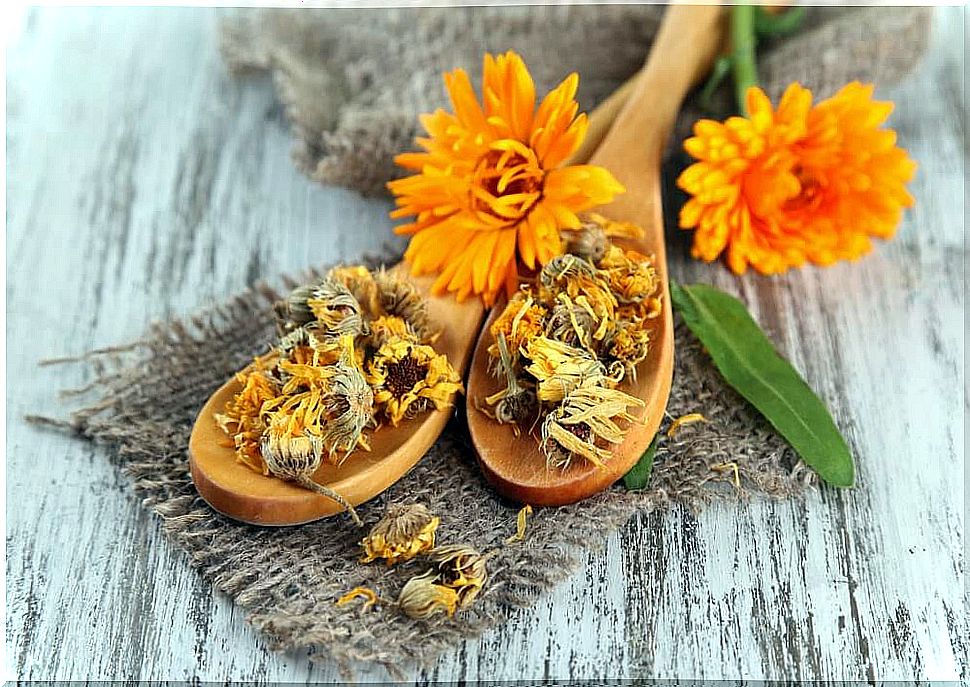
Calendula is the second emergency remedy after arnica. This orange-colored flower is very effective in soothing and relieving the itching so common in chilblains and other skin conditions.
We can find different types of lotions and creams based on calendula, as well as its natural extract. We can also use its pure oil, which is very suitable to nourish the most sensitive and delicate skin.
5. Onion
The use of onion poultices to cure skin disorders dates back to ancient times. It also helps us to calm the itching sensation caused by this condition.
6. Rosemary
Thanks to its chemical components, rosemary is widely used to stimulate circulation and reduce inflammation. Although rubbing with rosemary vinegar relieves sore muscles, they can irritate the skin a bit, so we recommend the use of a concentrated infusion of this plant in compresses that you will apply on the affected area. Prepare the infusion by pouring two handfuls of rosemary in a liter of hot water. Let it cool and that’s it!
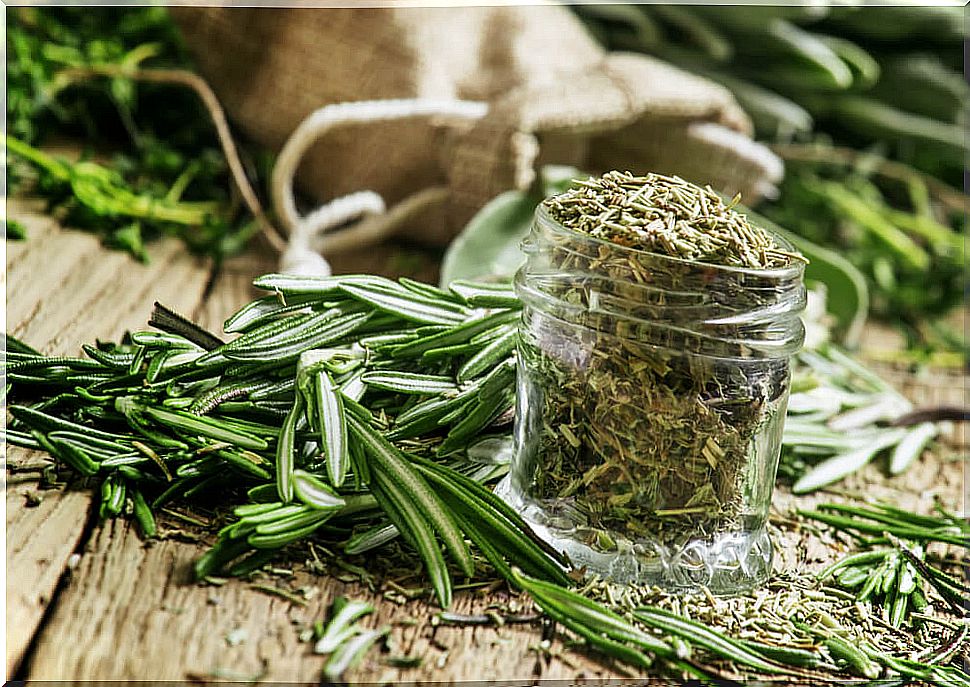
Tips for caring for your skin in winter
According to an article published in Elsevier magazine:
If you suffer from a skin disorder, the ideal would be to consult with your doctor about what type of moisturizer is best for you to use in your care routine. While it is true that there are many options on the market and that Grandma’s pharmacy also recommends many, not all of them are recommended, but rather counterproductive.
Remember that while it is important to hydrate your skin with a suitable product, you should also try to cover your hands with gloves when going outside, wash your hands with a suitable soap and at a warm temperature (never too cold or too hot) and follow the guidelines indicated by your dermatologist or family doctor.


